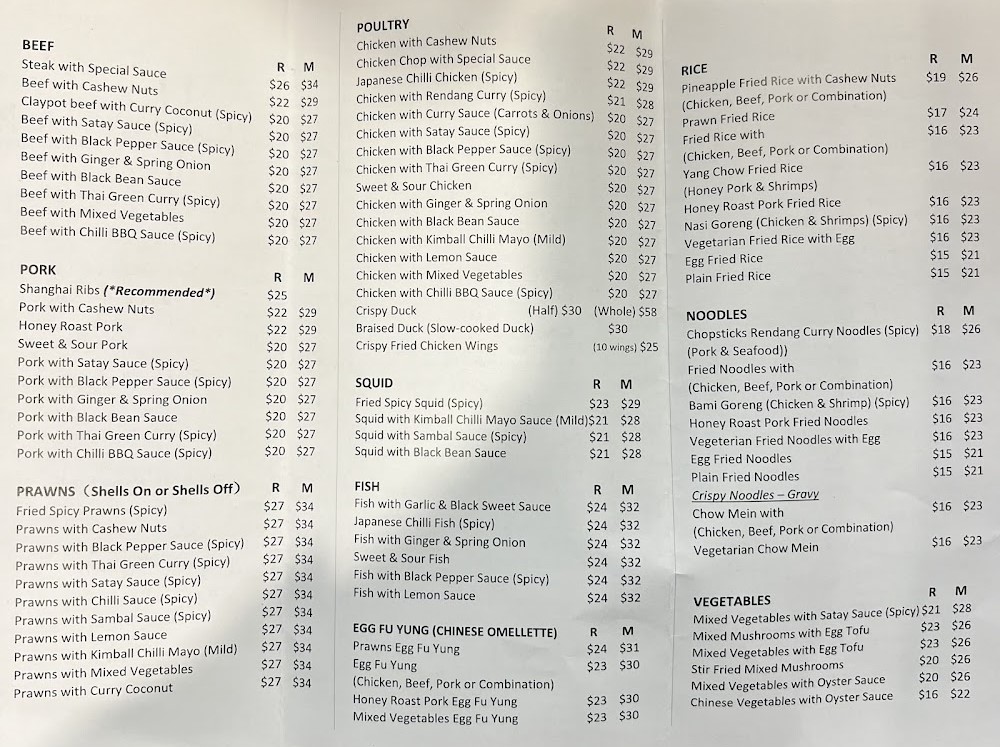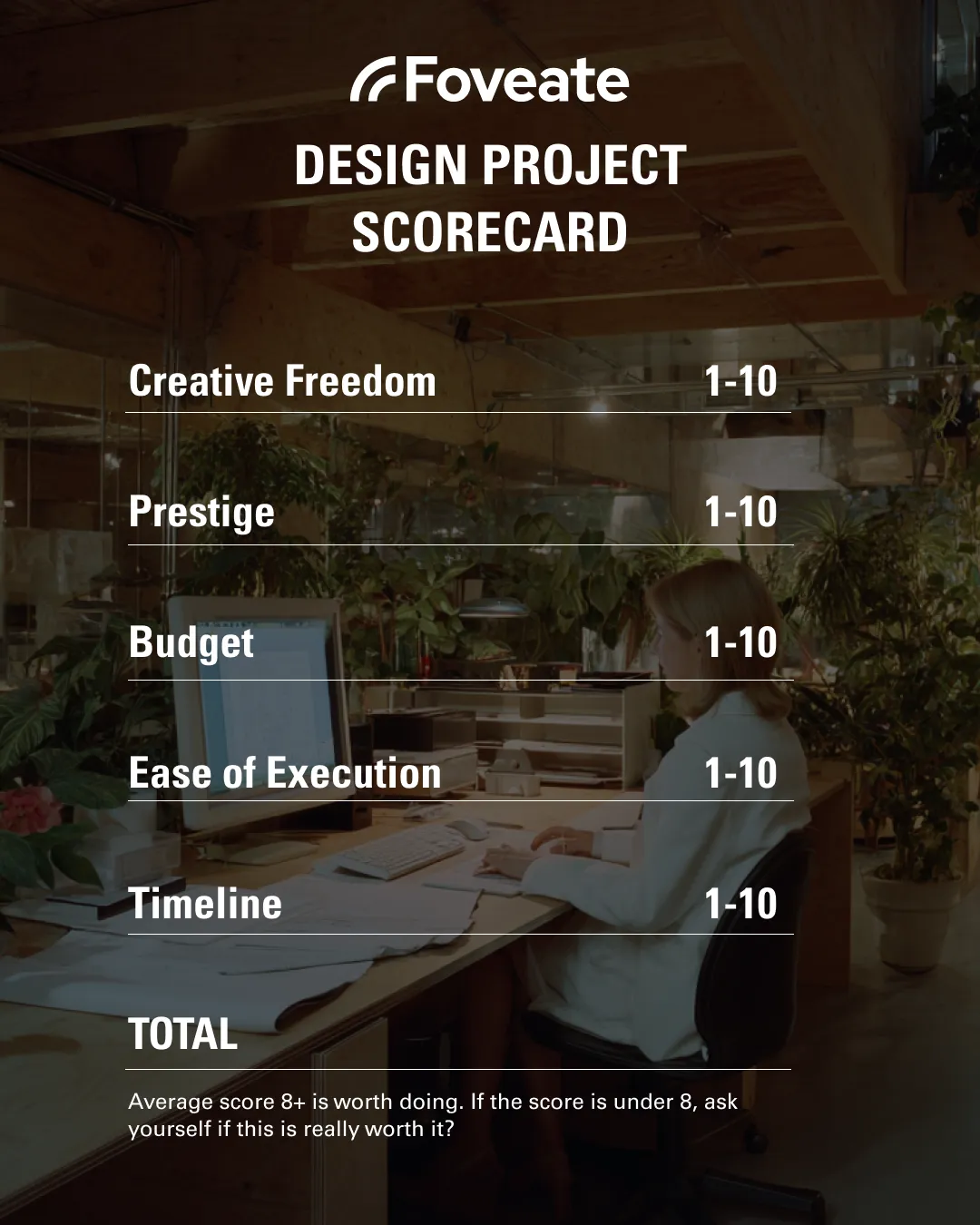Stop Sending Weak Proposals (and Start Winning Projects)
Although as architects we love to think that the our design and creativity speak for itself, most architectural proposals don’t lose because the design is bad. They lose because the proposal fails to make the client feel confident you’re the right choice.
I’ve executed and reviewed hundreds of design proposals over the years. Too many read like a 2007 template with the firm’s name swapped in. Generic language. No real connection to the client’s goals. And yet, these same architects can spend weeks refining a stair detail, all for a project they haven't yet won.
Your proposal is not an administrative formality or a legal contract.
It’s a business development tool and it should position your firm as the obvious partner.

Why Most Proposals Fail
In my work with firms from 3-person studios to 300-person organizations, I’ve noticed a pattern:
The more skilled the designer, the more likely they are to underinvest in the proposal process.
They see it as a way to “show the work.”
In reality, a proposal should:
✅ Cut the jargon, frame the client’s problem in clear terms THEY can understand.
✅ Communicate why and how you’re uniquely positioned to solve it.
✅ Reframe everything in terms of their benefits, and make it easy for them to say YES.
Two Types of Proposals
1. Letter Proposals – For Warm Relationships
For repeat clients or referrals, you don’t need to oversell. Be concise:
- Who’s involved
- What you understand about their situation
- How you’ll address it
- What it will cost
- What happens next
Common mistake: Overcomplicating. This is about clarity and speed.
2. RFP Responses – Competitive Bids
Expect dozens of firms competing. The process is structured and political.
Phases often include:
- Pre-qualification
- Qualification statement
- Technical proposal
- Shortlist presentation
Common mistake: Treating this like a casual letter proposal. Here, you need to sell, not just describe.
Positioning Your Firm as the Right Partner
Most proposals list information like a menu of services—utterlyforgettable and interchangeable, and give no clear reason why you're the right firn to get the job done.
 Stop overcomplicating proposals with unnecessary information.
Stop overcomplicating proposals with unnecessary information.
Instead:
Lead with your “one thing.”
What’s the specialty you’re known for? Can you explain it in 10 seconds?
Tell a story.
Swap “15 years of experience” for a specific, human example of how you solved a problem.
Curate your portfolio.
Only show relevant projects. If you’re pitching a school, don’t include a nightclub just because it photographed well.
Three Key Questions Before You Start
Should we even pursue this?
A thorough RFP response can take 40–80 hours—$8k–$20k of work before you’re paid. Be selective. Use this decision-making scorecard to help you decide.
Do we fully understand the client’s real needs?
Call them. Learn the politics, budget realities, and underlying pressures. Find out who the real decision-makers are.
What problems can we solve before they arise?
Address parking, permitting, phasing—anything they haven’t considered yet.
This demonstrates foresight. The key here is to show your expertise and show that you've done your due diligence.

Pricing Strategies That Win
Most firms submit one number and hope it lands. Instead what you really want to do is create a range of options that allows the client to self-select based on budget and priorities—often increasing total revenue.
The reason why this works is because it reframes the client's decisions from IF they should work with you or not to HOW much they should invest.
The Good, Better, Best Approach
- Base - Essential scope, meets requirements
- Premium - Adds value, reduces risk, or shortens timeline
- Executive - White-glove delivery, comprehensive handling
This structure lets clients self-select based on budget and priorities—often increasing total revenue.
Hybrid Fee Structures for Smaller Projects
For residential and small commercial work:
- Flat fee until scope is locked
- Percentage-based after that
This protects you from scope creep while keeping fees fair and transparent, setup milestones for payments instead of hourly billing.
Monthly Fee Structures (Newer Method)
For residential and small commercial work:
- Deposit or upfront payment to cover expenses and kickoff the project
- Monthly retainer to cover ongoing work
This guarantees you alwaysget paid and protects you from rework that drives down your margins while keeping the budget predictable.
Traits of Winning Proposals
Losing Proposals:
❌ Generic templates
❌ Focus on the firm, not the client
❌ Dense, unclear writing
❌ Misaligned pricing
❌ No clear next step
Winning Proposals:
✅ Clearly restate the client’s challenge
✅ Show only the most relevant experience
✅ Present clear, tiered pricing
✅ Address risks before they’re raised
✅ Provide an easy path to “yes”
Action Plan for Your Next Proposal
- Call the client. Learn the deeper context.
- Open with their problem, not your resume.
- Include one compelling, relevant story.
- Offer three clear pricing options.
- Address potential risks directly.
- Make the decision process frictionless.
- Follow up professionally until you receive a clear answer.
Proposals are not paperwork—they’re an opportunity to lead.
The firms that treat them as a strategic asset win better projects, at better fees, with less competition.
While others rely on outdated templates, you’ll be building trust from the very first page.
About the Author

Kitae Kim
Experiential architect and co-founder of Foveate, passionate about spatial storytelling and empowering creative professionals through technology.
